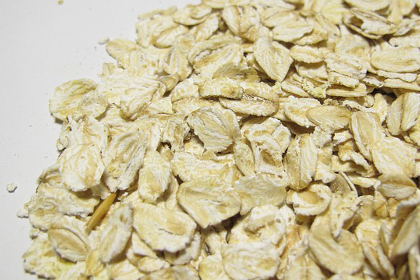
EU Drops Law to Limit Cancer-Linked Chemical in Food after Industry Complaint
The European commission has dropped plans to legally limit a pervasive but naturally occurring chemical found in food, that is linked to cancer, just days after lobbying by industry, the Guardian has learned.
October 26, 2016 | Source: The Guardian | by Arthur Neslen
The European commission has dropped plans to legally limit a pervasive but naturally occurring chemical found in food, that is linked to cancer, just days after lobbying by industry, the Guardian has learned.
Campaigners say that leaked documents revealing the legislative retreat show “undue influence” by the food industry over EU law-making and a “permanent scandal”, although the issue is complex.
Acrylamide is a hazardous substance found in the browned and burned parts of common starchy foods that have been fried, roasted or oven-cooked at temperatures higher than 248C (478F).
Crisps, potato chips, breakfast cereals and instant coffee all contain high levels of the substance, as do baby foods, biscuits and rusks.
Scientists are still trying to quantify the health risks posed, but acrylamide has been judged an “extremely hazardous substance” by the US Environmental Protection Agency.
Last year, the European Food Safety Authority (Efsa) found that acrylamide “potentially increases the risk of developing cancer in consumers of all ages” and recommended that exposure be kept as low as possible, as a safe limit has not yet been determined.
“Since any level of exposure to a genotoxic substance could potentially damage DNA and lead to cancer, Efsa’s scientists conclude that they cannot set a tolerable daily intake (TDI) of acrylamide in food,” the authority said.
Acrylamide levels can be reduced by using different ingredients and additives, or by changing storage methods and the temperature at which food is cooked.
But this could affect food industry practice, costs and product tastes, and EU legislation in the area has so far been confined to voluntary codes of practice.
